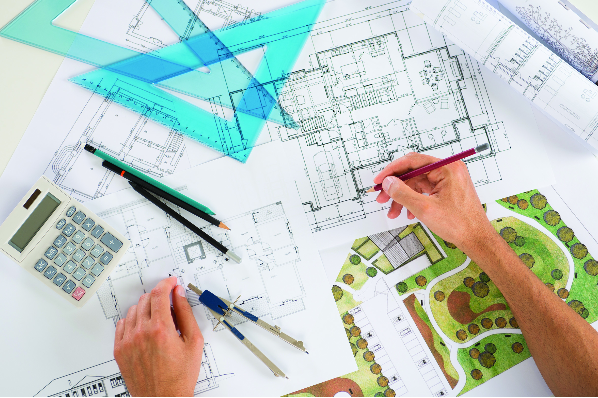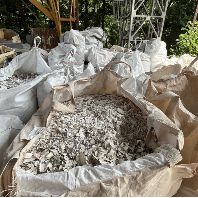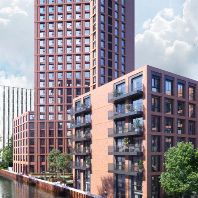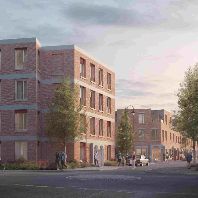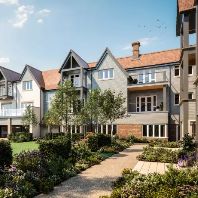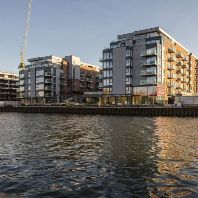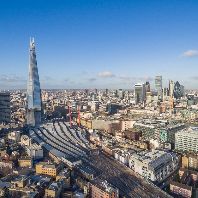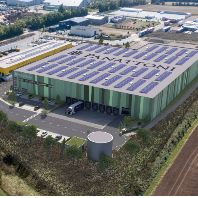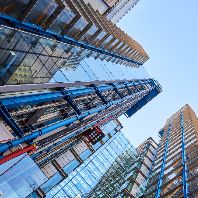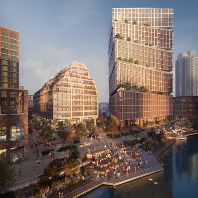According to BuildGreen, the Romanian sustainable building consultant, 2016 brings major changes in the certification of sustainable buildings across the globe as the most frequently used methodologies, BREEAM and LEED, will be updated this year. While the new BREEAM 2016 was implemented just recently, LEED v4 is due to launch in November. The updates replace existing versions and propose a more thorough approach to sustainable development, thus impacting all market players seeking to align their green building practices to the world’s leading certification authorities.
BREEAM 2016 blends stricter environmental requirements with a simplified certification process. The new scheme officially became available on 21 March and as of 28 March completely replaces the previous version from 2013, which will no longer be valid. The update includes certification criteria for new building types such as hotels, schools and universities, and addresses some of the challenges faced by residential buildings, as more and more properties of this type are turning to sustainable building practices.
LEED v4 will replace the existing LEED v3 starting at the end of October 2016 and proposes stricter rules regarding sustainable building. LEED v3 has been in force since April 2009. The implemented changes will make the two systems even more similar to each other. The new versions of BREEAM and LEED are more demanding, but are both based on the schemes from 2009-2013. This means that knowledge gained during previous certifications will be very useful for all the participants engaged in the design process and implementation of buildings applying for the certificates in their newest versions.
BREEAM 2016
In the case of BREEAM, management credits were reorganised in order to better align to the construction process and the core & shell certification module for new buildings was redesigned and simplified, to complement the BREEAM fit-out certification scheme issued in 2015. Energy represents a major touch point for the new scheme, as the reference standard for energy efficiency was updated and local energy performance standards are now applicable.
The main changes refer to restrictive conditions for indoor air quality, the shift from low and zero carbon requirements to low carbon design and the inclusion of new criteria and credits available for passive design features. Other major changes refer to the responsible sourcing of materials (under BREEAM 2013 this was one of the options), the design for durability and resilience (the scope of this issue was significantly expanded), as well as NOx emissions (the benchmarks were changed to align with the EU’s upcoming Eco-design directive).
A novelty in BREEAM 2013 was the engagement of a licensed BREEAM AP. In BREEAM 2016, the credits associated with BREEAM AP’s are now linked to a “Sustainability Champion”, a BREEAM AP being currently the only recognised sustainability champion.
BREEAM 2016 has reorganised and partially maintains the prerequisites introduced in the 2013 version, apart from existing minimal standards. Meeting the prerequisites is mandatory, though a project does not gain any points for meeting them. Failing to comply with any of main five makes it impossible to gain a certificate at all, and failing to comply with the remaining three means it will not be possible to gain points in that given category. In the case of minimal standards, a development receives a number of credits, but failing to comply with them on specific levels makes it impossible to gain the highest grade.
Similar to BREEAM 2013, the 2016 version puts a considerable emphasis on the concept and design phase, which is fundamental to the whole certification process and the whole construction. There are specific requirements to consult all the persons who are directly associated with the development, including neighbours.
LEED V4
In the newest version of the LEED certification, the criteria related to products used in a project have become stricter. In this category, LEED v4 puts emphasis on the assessment of a product’s lifecycle and environmental declarations. In LEED v4, the number of unscored prerequisites has increased from eight to 12.
The prerequisites are evaluated in the system in a yes/no manner, meaning that failure to comply with any of them, at any stage, will disqualify the development from the certification process. Some of the criteria which used to be scored earlier have been turned into prerequisites (sine qua non certification conditions), as the USGBC has decided that they are too essential to let them be omitted in the certification process. These include, among others: "buildinglevel energy metering" and "construction and demolition waste management planning".
With regards to energy performance, LEED certification keeps the ASHRAE standard as the main reference, which has been updated to a newer and stricter version.
Acoustics and alternative transportation
The requirements related to the acoustics of a building are now stricter in both certificates. LEED v4 demands that the reverberation time - a standard parameter describing the acoustics of interiors for open office spaces - should not exceed 0.8 seconds. Acoustic ceilings should have a very high sound absorption coefficient. In BREEAM, in turn, it is mandatory to engage a suitably qualified acoustician, who will supervise and coordinate the works related to systems at each stage of the development, which will later result in a low level of noise in the building.
In both certificates the requirements related to the number of parking places and facilities for cyclists have also become stricter. In LEED v4, the USGBC is paying more attention to alternative transportation solutions, especially to availability of cycle lanes in the direct vicinity of the development. This aspect already exists in the BREEAM scheme since 2009.
